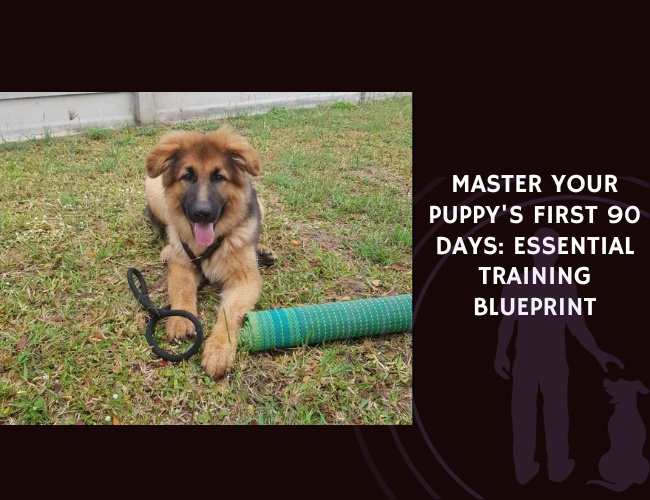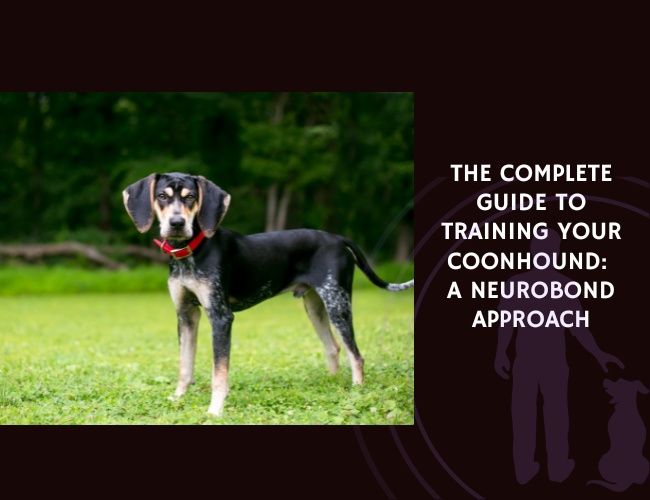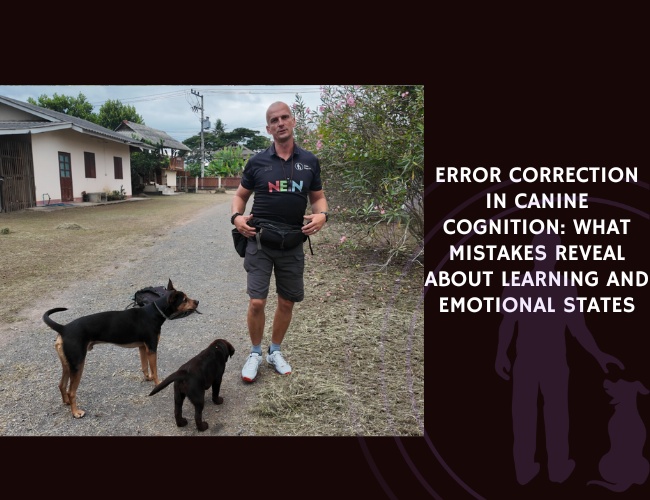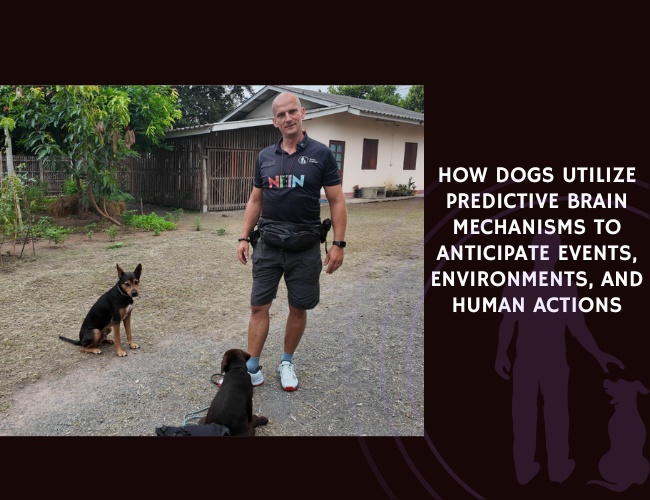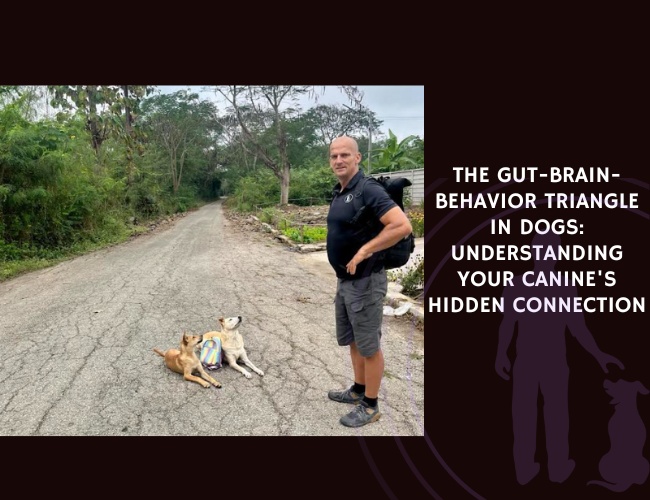Understanding Your Puppy’s Developmental Journey
Why the First 90 Days Matter 🐕
The first 90 days after your puppy comes home are a period of enormous growth. This time covers ages 8-20 weeks and shapes your puppy’s behavior and emotional stability for life. By using science-backed methods, you help your puppy develop into a well-adjusted companion. Everything from toilet training to forming safe habits starts here and sets the stage for future learning and happiness.
The Four Key Stages
Understanding your puppy’s developmental journey begins with four important periods:
- Neonatal (0-2 weeks): At this stage, puppies rely entirely on their mother for care and warmth. They cannot regulate their body temperature or see well yet.
- Transitional (2-4 weeks): Puppies start to open their eyes and ears and move about more. Interactions with littermates increase, building the basics of social behavior.
- Socialization Period (3-14 weeks): This is the most critical phase. Puppies learn about friendly people, other dogs, and new experiences. Positive, gentle interactions help prevent fearful behaviors later in life. Be careful—negative experiences can imprint just as deeply during this time.
- Juvenile Period (12+ weeks): Puppies become bolder and more independent. Their attention spans grow, and you’ll notice strong curiosity about the world.
How Each Stage Impacts Training
The right approach at each stage makes learning easier and more enjoyable for your puppy:
- Early socialization, when done gently, teaches your puppy that new faces and places are safe and fun.
- Early routines for feeding, resting, and gentle play make a puppy feel secure.
- As curiosity grows in the juvenile stage, short, rewarding lessons and exposure to new experiences build confidence and skills.
Your patience and consistency now are investments in years of good behavior ahead.
Next, let’s look at giving your new family member the best possible start.
Setting Up for Success: The First Two Weeks
Creating a Safe and Calm Home Environment 🏠
The first days with your puppy at home set the tone for your future together. Start by creating a designated safe space—think of this as your puppy’s sanctuary. A quiet corner with a bed or crate lets your puppy retreat when feeling overwhelmed. This space should be away from household traffic and loud noises but close enough that your puppy doesn’t feel isolated. Toys and soft bedding help add a comforting touch. Keeping this area consistent builds a sense of security, making it easier for your puppy to adjust and relax.
Building Healthy Routines
Consistency matters—puppies thrive on a predictable schedule. Set clear routines for feeding, sleep, and potty breaks:
- Feeding: Offer meals at regular times, two to four times each day depending on age.
- Sleep: Plan for frequent naps throughout the day. Puppies need lots of sleep to support healthy development.
- Potty breaks: Take your puppy out after eating, waking, and playtime. Frequent trips help establish good toilet habits early and set your puppy up for house training success.
By keeping these activities regular, your puppy learns what to expect, which reduces anxiety and accelerates learning.
Bonding and Positive First Interactions
Gentle, positive handling strengthens the puppy-human bond. Spend time quietly sitting together, stroking your puppy, and talking in a calm voice. Use treats or a favorite toy during play. This helps your puppy start associating you with safety and fun. Keep initial interactions short and positive to avoid overstimulation, and always watch for signs of stress (like yawning or lip licking). If you spot these signals, give your puppy a calm break.
A supportive home environment with clear routines lays the foundation for confident learning and rewarding companionship. With these essentials in place, you will be ready for the next steps in your puppy’s journey.
Mastering Essential House Training
Building a Reliable Potty Schedule
A structured toilet routine is key to helping your puppy succeed at house training. Puppies thrive on consistency. Take your puppy outside frequently—especially first thing in the morning, after naps, meals, and playtime. For very young puppies (around 8-12 weeks), plan to go out every 1-2 hours during the day. As your puppy grows, you can gradually increase the time between breaks.
Keep a log of your puppy’s bathroom times. This helps you predict when they need to go, reducing the chance of accidents. Always choose the same spot outdoors to encourage quick learning. When you get outside, wait calmly until your puppy finishes, then reward immediately with gentle praise or a small treat. This builds a clear connection between going potty outside and good things happening.
Making House Training Faster and Happier
Positive reinforcement is the heart of effective toilet training. After every successful potty trip outside, offer a cheerful “yes!” or treat. This teaches your puppy that proper potty behavior earns rewards. Stay patient—never punish for accidents. Punishment creates confusion and may lead to fear or sneakiness. Instead, calmly clean up with an enzymatic cleaner to remove odors and prevent repeat accidents.
Set your puppy up for success by limiting unsupervised time in the house. Use a playpen or crate when you can’t closely watch your puppy. Puppies naturally avoid soiling their rest area, making this a gentle aid for learning.
Troubleshooting Accidents
Accidents happen! If you catch your puppy starting to go in the house, interrupt with a gentle clap and take them straight outside. Praise any positive outcome, even if just a drop. If you find a mess after the fact, skip scolding—it’s too late for them to connect the action with your reaction.
Remember, mastery takes patience and time. Your consistency, encouragement, and relaxed attitude set the tone for a confident, house-trained puppy.
With a solid potty routine and positive feedback, your puppy will develop healthy habits that last a lifetime.
Creating Positive Associations: The Power of Socialization
The Crucial Window for Social Growth
The weeks between 3 and 14 are some of the most important in your puppy’s life. This special window, called the socialization period, lays the foundation for your puppy’s emotional development 🌎. During this time, your puppy’s brain is especially open to new experiences. Positive exposure now helps prevent fearfulness, anxiety, and aggression in adulthood.
Research shows early social experiences shape how puppies relate to humans, animals, and the world around them. Experts like Serpell emphasize that positive early experiences are key to building strong dog-human bonds, while Bradshaw highlights the importance of controlled exposure during sensitive stages. Under-socialized dogs risk developing lifelong fear or behavior issues, so making the most of this period is vital.
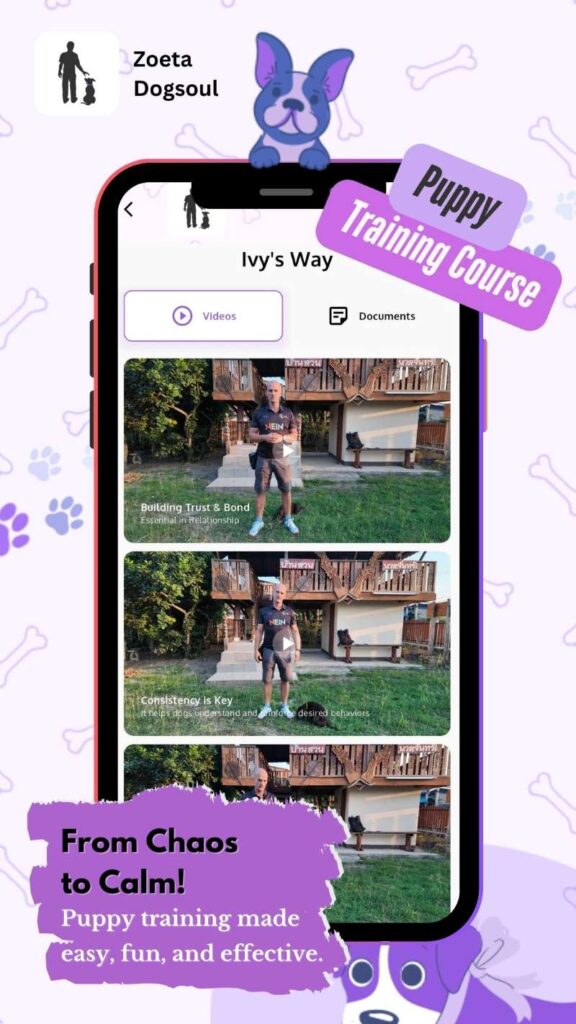
Structured, Safe Socialization
It’s tempting to show off your adorable puppy to everyone, but too much too soon can backfire. The goal is gentle, stress-free exposure—not overwhelming your puppy. Start with a calm introduction to family members at home. Once your puppy is comfortable, gradually add new people, kids (supervised), friendly dogs, and household sounds.
- Use treats or praise when your puppy shows curiosity or calmness.
- Let your puppy observe from a safe distance if they seem unsure.
- Introduce new environments slowly—one park trip or vet visit at a time.
- Avoid loud, crowded places until your puppy shows confidence with smaller challenges.
The Science Behind Socialization
Dog behavior experts have found that structured, positive socialization reduces the risk of fear-based behaviors later on. Puppies learn that the world is mostly safe and interesting, not scary. Scientists like Baslington-Davies have also linked under-socialization to potential problem behaviors in adult dogs. Early, positive exposure leads to better emotional stability and resilience throughout life.
By focusing on thoughtful, enjoyable experiences now, you’re giving your puppy the best chance to grow into a happy, confident companion. With this solid social foundation, your training journey will become even more rewarding as you guide your puppy through new skills and behaviors.
Teaching Bite Inhibition and Appropriate Play
Why Puppies Bite and How to Redirect the Behavior 🦷
Biting is a natural part of puppy development. Puppies use their mouths to explore the world, just like toddlers use their hands. During play with their littermates, puppies learn bite inhibition—how much pressure is too much—through immediate feedback. When a bite is too rough, a sibling yelps or stops playing, teaching the puppy important social boundaries.
As your new companion adjusts to your home, it is key to mimic this learning process. If your puppy bites you too hard during play, let out a sharp “Ouch!” and briefly stop the interaction. This signals that rough play ends the fun. Be consistent but patient—your puppy is still learning and needs clear, gentle feedback.
Teaching Gentle Mouth Control
Helping your puppy develop a soft mouth takes time, but a positive, consistent approach works best.
- Let out a firm yelp or say “Ouch!” to make it clear when a bite is too hard.
- Immediately stop play for a short time—just a few seconds. This time-out shows that roughness isn’t allowed.
- Always redirect your puppy’s attention to an appropriate toy if they start to bite hands or clothing.
Over time, your puppy will learn that gentle mouths mean continued play and attention, while hard bites result in loss of fun.
Choosing Toys and Structuring Play
Not all toys are created equal. Select sturdy chew toys made from safe, flexible materials. Toys designed for teething puppies help satisfy the natural urge to bite and chew.
When you play:
- Switch out hands and feet for toys whenever your puppy gets mouthy.
- Use rope tugs, rubber rings, or soft plush toys as safe alternatives.
- Keep play sessions short and positive. Stop before your puppy becomes overexcited.
Supervised play with other friendly puppies is also valuable. Through these fun sessions, your puppy learns the social cues and boundaries needed for gentle play.
Positive, structured play not only teaches bite inhibition but also builds trust and sets the stage for learning new skills. With ongoing support and gentle guidance, your puppy will grow into a well-mannered, happy companion.
Start Early. Shape Behaviour.
The First 90 Days Define Everything
What your puppy experiences in the first weeks at home will echo for life. From potty training to bite inhibition, every routine, every cue, every touch teaches them what to expect from the world—and from you. Structure, patience, and empathy are your greatest tools.
Socialisation Isn’t a Checklist—It’s a Lifeline
Confidence is not genetic. It’s built through safe, positive exposure. That means pacing the process, reading your puppy’s signals, and shaping each new encounter into a memory of safety—not fear. Puppies don’t “grow out” of trauma—they grow from trust.
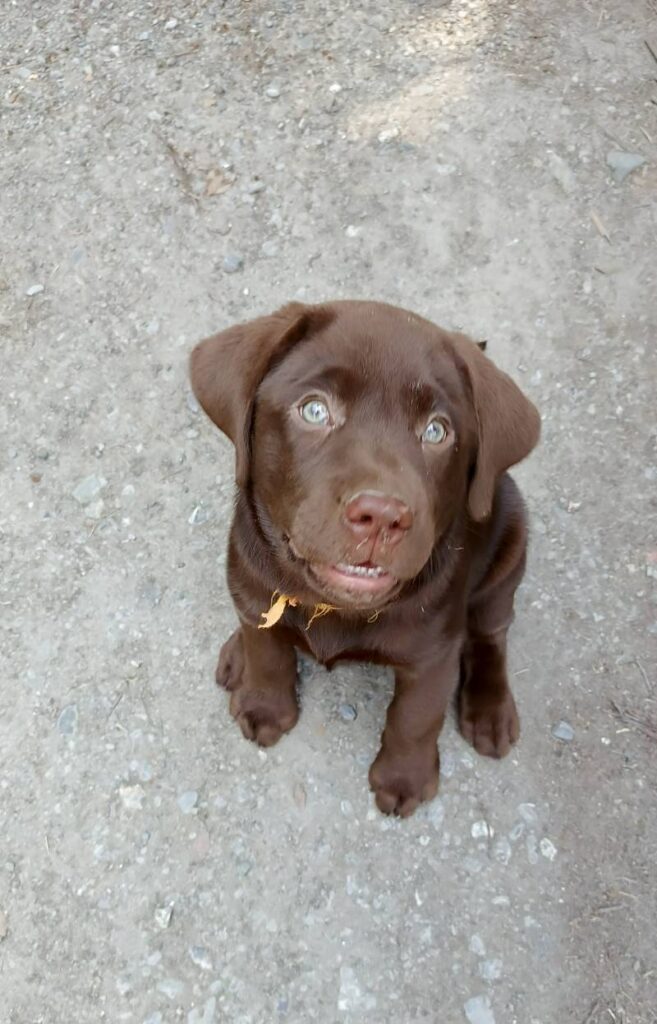
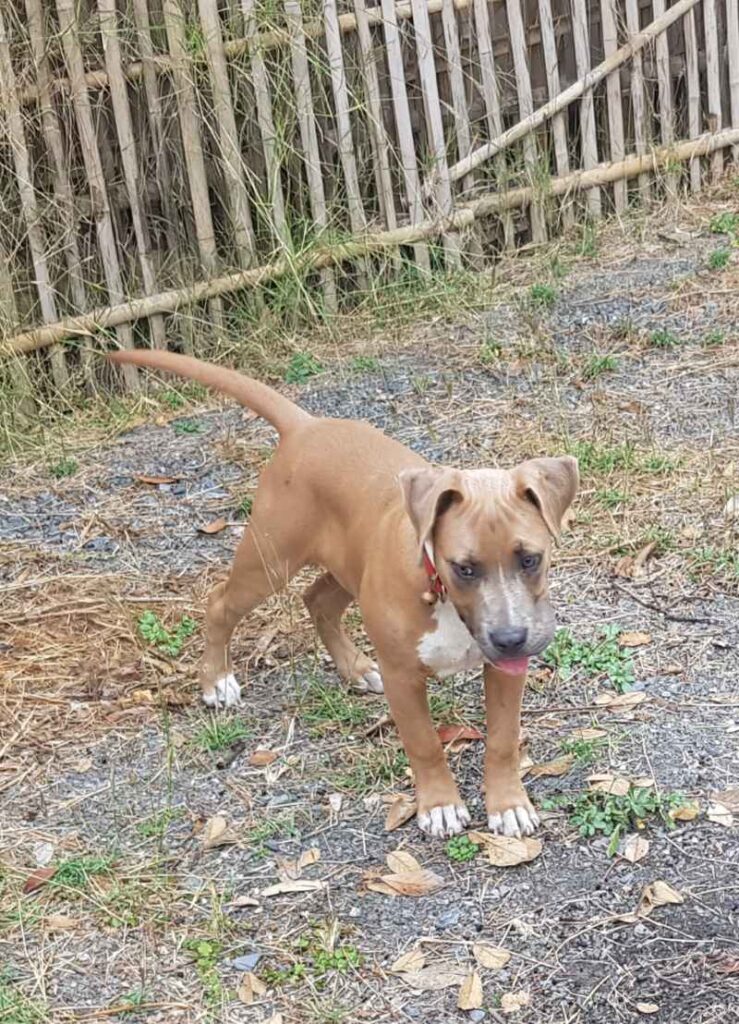
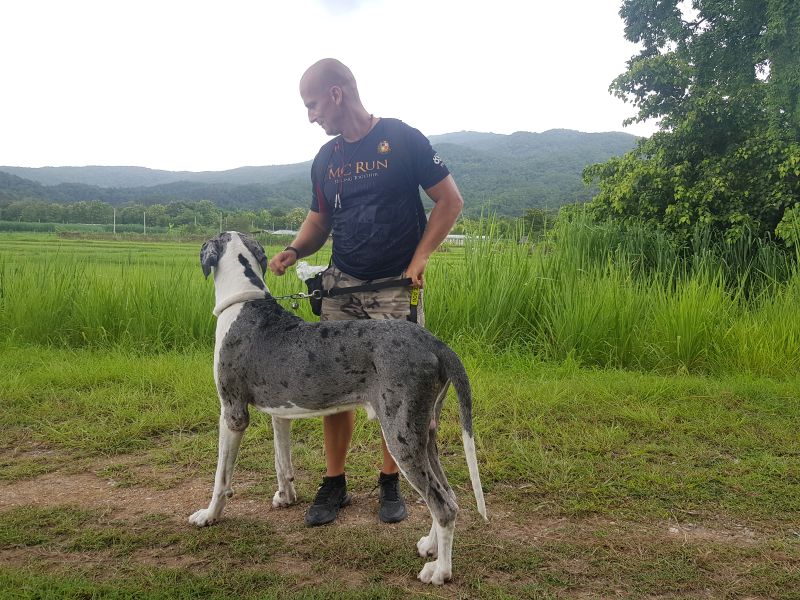
Every Moment Is a Lesson
Training isn’t a session—it’s every interaction. The way you respond to play, accidents, distractions, or fear teaches your puppy what matters. Gentle reinforcement, clear structure, and consistent cues now lay the groundwork for a calm, connected companion tomorrow.
Building Foundation Skills: Basic Commands and Cues
Why Start with Basic Commands?
Building a strong foundation starts with teaching simple cues. These basics help your puppy feel secure, learn self-control, and create a bridge for more advanced training. The first cues to introduce are name recognition, sit, come, and stay. These are not just tricks—they are life skills that keep your puppy safe and help you communicate clearly.
Teaching Name Recognition
Begin by saying your puppy’s name in a cheerful voice. When your puppy looks at you, reward them right away with praise or a tasty treat. Repeat this several times a day. This simple game helps your puppy understand that attention to their name brings positive things.
Teaching Sit, Come, and Stay
Start indoors with few distractions. Hold a treat above your puppy’s nose and slowly move it back—when their bottom hits the floor, say “Sit” and reward.
For “Come,” kneel and call your puppy’s name, then say “Come” in an encouraging tone. When your puppy approaches, reward generously.
To build “Stay,” ask your puppy to sit. Hold your palm out and say “Stay.” Take one step back. If your puppy waits, return and give a treat. Keep these sessions very short—just 1–2 minutes at first.
Keeping Sessions Short and Fun
Young puppies have a short attention span. Aim for several mini-sessions throughout the day—about 2–5 minutes each. Always finish training with play or gentle petting so your puppy associates learning with positive feelings.
Introducing Leash Walking
Once your puppy feels settled, gently introduce a collar and lightweight leash. Let them explore with the leash dragging behind so they become comfortable. Encourage your puppy to follow you with happy talk and treats, rewarding loose-leash moments. Do not pull or force them—let this be a low-pressure experience.
Building on What You’ve Learned
Remember, patience and encouragement are your best tools. Consistent, gentle teaching creates trust and helps your puppy understand how to succeed. Your growing bond becomes the heart of every skill you practice together.
Next, we’ll look at why having the right training approach is key to lasting success.
The Science of Effective Training Methods
Why Positive Reinforcement Works Best 🧠
When it comes to teaching your puppy, a supportive, upbeat environment is key. Research shows that using positive reinforcement—like offering treats, praise, or playtime for good behavior—is both more effective and more humane than relying on punishment. Rewarding your puppy for desired actions builds trust, encourages learning, and prevents fear or anxiety from developing. In contrast, punishment can make puppies nervous and damage your valuable bond, often slowing progress.
Understanding the Basics of How Puppies Learn
Training is rooted in two major principles from learning theory: classical conditioning and operant conditioning.
Classical conditioning is all about creating positive associations. If you pair something pleasant (like treats) with a potentially stressful event (like a vet visit), your puppy will begin to link that event with good feelings.
Operant conditioning focuses on rewarding specific behaviors. By breaking larger skills into small, simple steps and giving a reward at each stage, you shape your puppy’s habits in an encouraging way. For example, if you want your puppy to “sit,” you’d reward even a slight bend at first, then only reward a full sit once it’s learned.
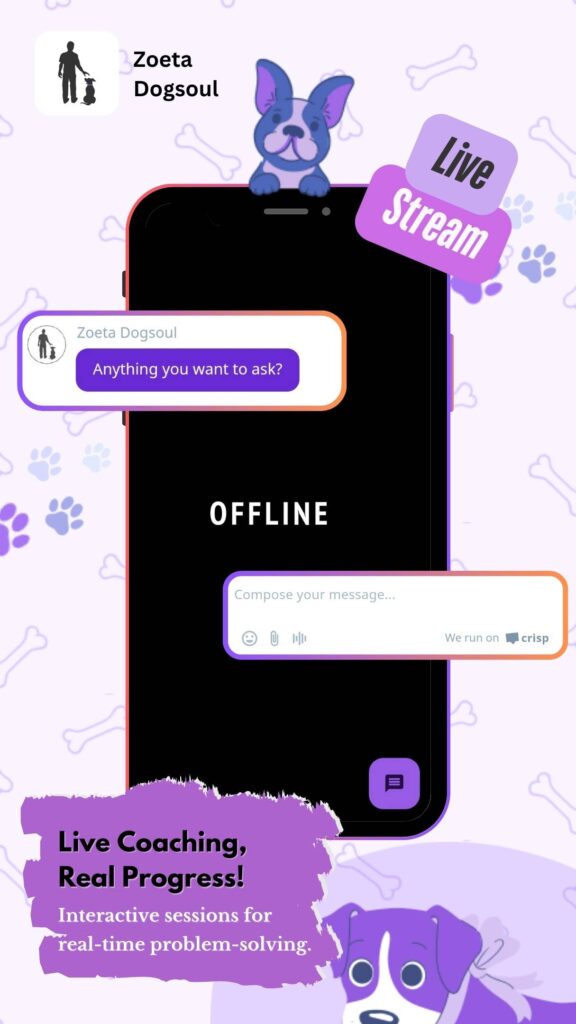
Reinforcement Schedules: Keeping Your Puppy Motivated
At first, reward your puppy every time they get it right. This “continuous reinforcement” makes it clear what you want. As they improve, switch to a mix of “fixed” (predictable) and “variable” (unpredictable) rewards. This helps keep your puppy interested and eager to try, even when rewards come less frequently.
Try using small treats or gentle praise for easy wins, mixing in surprise rewards to keep sessions fun and fresh.
By embracing methods rooted in how puppies naturally learn and encouraging curiosity and confidence, you’re setting up your pup for a lifetime of learning and companionship.
Avoiding Common Training Pitfalls
Recognizing and Preventing Overstimulation ⚠️
A happy puppy is one who learns at their own pace, not one who is rushed into every new experience. Overstimulation is a common pitfall—exposing your puppy to too many new people, places, or activities at once can lead to fear and stress. Signs of an overwhelmed puppy include excessive panting, drooling, yawning, or even trying to hide. Remember, a little goes a long way! Offer your puppy quiet time in a safe, cozy space when things feel too much. Gradual, positive exposure helps build confidence, while pushing too fast can leave a lasting negative impact on your puppy’s emotional health.
Consistency in Your Approach Matters
Every family member should use the same cues, rules, and routines. Inconsistency—like sometimes letting your puppy jump up on the couch, but other times saying no—can be confusing and disrupts learning. Create a simple list of words and commands everyone uses. A united approach helps your puppy feel secure and speeds up the learning process. Consistency is much more than just training; it includes feeding times, play sessions, and where your puppy sleeps each night.
Understanding and Responding to Your Puppy’s Stress Signals
Puppies communicate stress through body language. Watch for subtle signals like lip licking, yawning, or the so-called “whale eye” (seeing the whites of the eyes). If you notice these, it’s time for a break—a quick walk, a gentle cuddle, or simply letting your puppy rest in a quiet area. Ignoring stress can lead to bigger behavior issues down the line. Your patient, supportive response teaches your puppy to trust you and builds emotional resilience.
A mindful, supportive approach to early training helps your puppy thrive as they discover their world—at their own pace and with confidence.
Your Week-by-Week Training Schedule
Laying the Groundwork: Weeks 1-2
The first two weeks are all about helping your puppy settle in and feel safe. Start with creating a cozy spot where your puppy can relax and retreat if overwhelmed. Keep routines predictable—meals, sleep, and potty breaks should happen at the same times each day. Begin gentle bonding: handle your puppy softly, offer lots of praise, and let them explore at their own pace. Short sessions of recall with their name, easy leash introductions, and exposure to everyday household sounds set the stage for confident learning.
Building Confidence and Social Skills: Weeks 3-4
At this point, introduce toilet training with plenty of positive reinforcement. Supervised, controlled socialization with gentle people and vaccinated dogs is important—keep it gradual to avoid fear. This is a good time to get your puppy comfortable with being handled, like brushing or gentle vet check-ups. Learning how to be touched now makes future grooming and vet visits much easier.
Expanding Experiences: Weeks 5-6
During these weeks, keep building on recall and basic cues, but add in more distractions. Take your puppy to new, calm places like the car or a friend’s yard. Meet a variety of friendly people, including children (always supervise). Explore different sounds, textures, and safe puzzle toys to engage their mind. Practice short, happy sessions to keep your puppy eager and focused.
Strengthening Skills and Generalizing: Weeks 7-9
Now, help your puppy use what they have learned in new settings. Gradually challenge them with different environments—walks in quiet parks, short trips to the pet store, or fun playdates. Address any behaviors like jumping up or mouthing right away. Short training bursts work best; balance these with lots of play, rest, and calm downtime.
Remember, every puppy is unique! Adjust your approach to fit your puppy’s breed, temperament, and pace of progress. Patience, praise, and consistency go a long way toward building a confident, well-mannered companion.
Setting Realistic Expectations and Celebrating Progress
Understanding Every Puppy Learns Differently 🌟
Every puppy has a unique personality and learns at their own pace. While it’s tempting to compare your puppy to others, remember that breed, temperament, and early experiences all play a role in development. Some puppies pick up cues quickly, while others need more time and repetition. Patience is your best tool—rushing can lead to frustration for both you and your puppy. It’s normal for progress to ebb and flow during the first 90 days, so keep your expectations realistic.
Spotting and Marking the Little Wins
True puppy training success is a series of small victories. Did your puppy sit after you asked? That’s a win. Did they sleep through the night in their crate or potty outside without reminders? Celebrate these moments! Positive reinforcement works both ways: when you mark and reward desirable actions, you boost your puppy’s confidence and motivation to learn. Try using treats, gentle praise, or a favorite toy to mark these successes. The journey is a marathon, not a sprint, and every step forward deserves recognition.
Knowing When to Get Extra Help
There’s no shame in seeking guidance if you hit a roadblock. If you notice persistent signs of stress (such as excessive yawning or lip licking), ongoing toilet training struggles, or behavior that feels overwhelming, consider reaching out to a veterinarian or certified professional dog trainer. Experts can provide personalized advice and support tailored to your puppy’s unique needs. Remember, creating a positive and safe learning environment is the top priority for you and your puppy’s well-being.
Staying positive and supportive builds a lasting bond with your puppy, paving the way for the bright adventures ahead.

